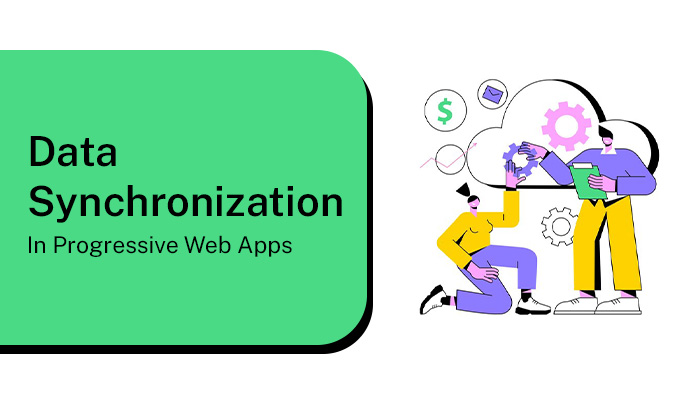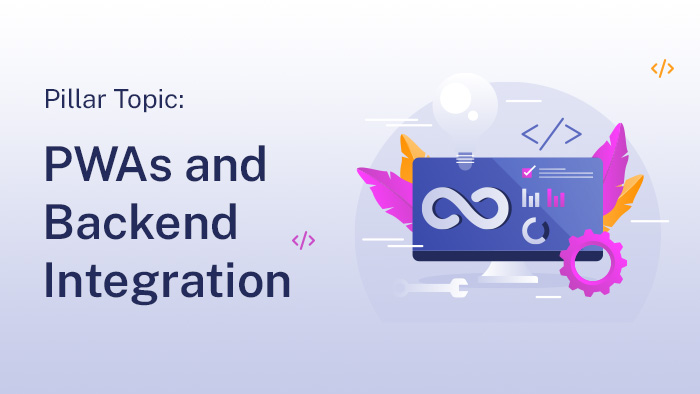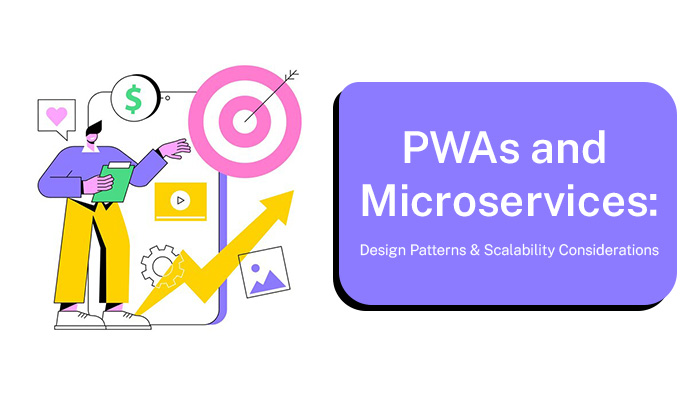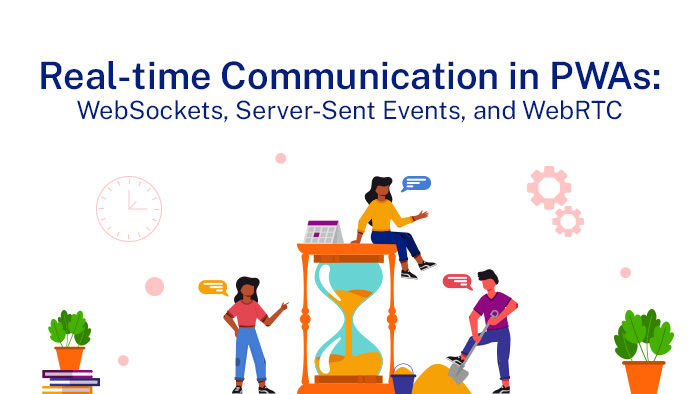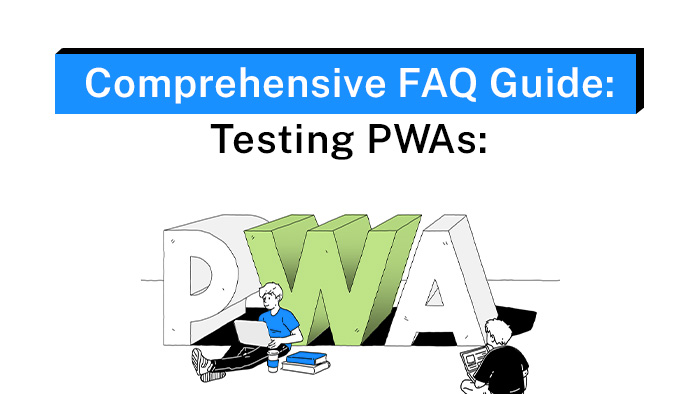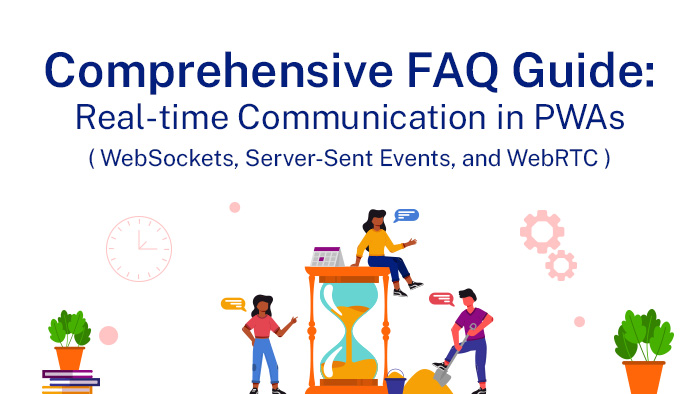
Comprehensive Faqs Guide: Real-time Communication in PWAs: WebSockets, Server-Sent Events, and WebRTC
1: Introduction to Real-time Communication in PWAs 1: What is real-time communication in the context of PWAs, and why is it important? Real-time communication in the context of Progressive Web Apps (PWAs) refers to the ability of web applications to transmit and receive data instantly, enabling users to experience updates, notifications, and interactions in a seamless manner. It’s crucial because it enhances user engagement, making PWAs feel more responsive and interactive, akin to native applications. Real-time communication allows users to receive live updates, messages, notifications, and collaborative interactions, all without the need to manually refresh the page. 2: How does real-time communication enhance the user experience in Progressive Web Apps? Real-time communication significantly improves the user experience in PWAs by providing instant feedback and updates. Users can see changes as they happen, facilitating smoother interactions and reducing the perception of latency. For instance, in a collaborative PWA like a real-time editor, users can see their co-authors’ changes in real-time, making the collaborative process more efficient.
